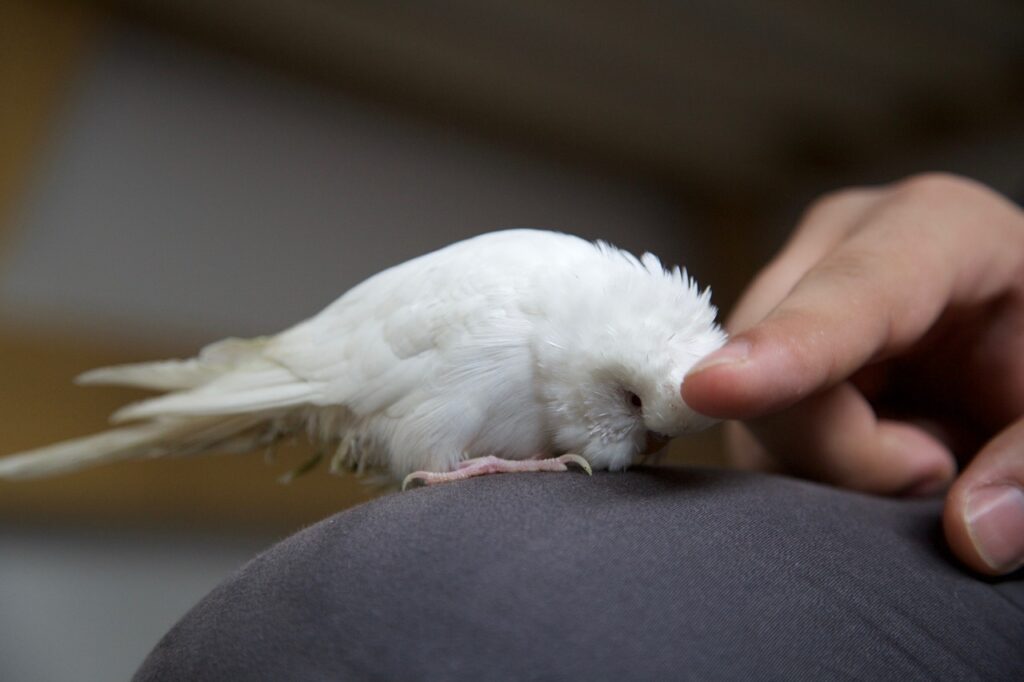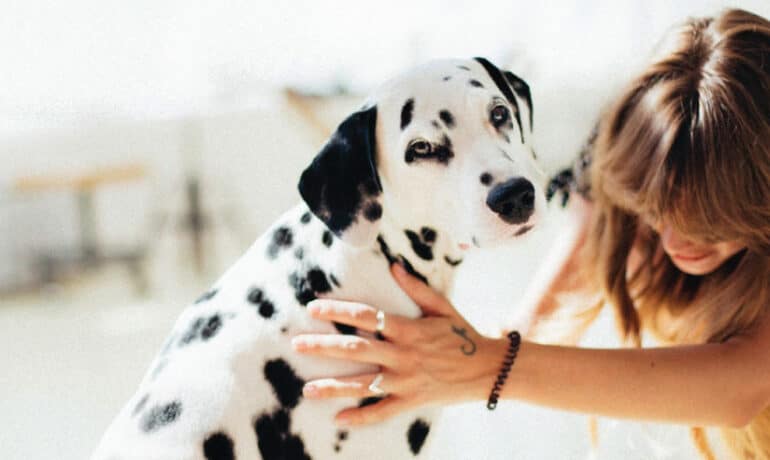Would you know if your pet was in pain? Most of us would like to think so, but sometimes pets are exceptionally good at hiding their discomfort. Apparent signs of illness such as bloody stool, seizures or extreme weight loss are more obvious, but some are so subtle they can be unnoticed by their human counterpart.
While annual wellness visits help vets detect physical abnormalities or potential health risks, we must rely heavily on our patient’s owners when it comes to behavioral changes that could indicate your pet is experiencing pain.
Additionally, if you notice something is off with your pet, time is of the essence. This is especially true for small pocket pets such as guinea pigs, mice and rabbits whose illnesses can progress extremely fast.

Why do pets hide pain?
Even though they sense and process pain similarly to humans, hiding pain is a behavior animals developed long ago in the evolutionary process. This was necessary to protect themselves from predators during times of injury or sickness. Even though they’ve been domesticated for thousands of years, this adaptive advantage has remained ingrained in our pets to this day.
Plus, pets love to please their humans. Dogs have been known to fracture their pelvis and still get up eagerly to greet their owner with loving affection, making it hard for us to tell whether or not they are actually in pain.
Why it’s important to treat:
Despite the obvious reason of not wanting your pet to be in pain, it’s extremely important that their pain is managed and treated in order to improve their recovery process, whether it’s from illness, surgery or injury. Treating your pet’s pain will relieve them of stress, increasing their well-being, and help them live a longer, healthier life.
How can I tell if my pet is in pain?
When our pets are in pain, the signs they show tend to be very subtle and more behavior-related. This requires owners to be very observant of their pet’s daily activities and to monitor any changes to discuss with their vet.

Here are some common signs to look for:
- Decreased Activity – Much like humans, when pets experience pain, they tend to decrease their level of activity and overall zest for life or play. This goes for all pets of all sizes, from cats and dogs to birds and gerbils.
- Decreased Appetite – also true for pets of all shapes and sizes, if eating is significantly decreased or stopped altogether, you should visit your vet. Chronic mouth pain or dental disease in pets can be a cause of this.
- Difficulty Standing After Lying Down – If your pet is slower to get up from a nap or cuddle session, this could be an early sign of osteoarthritis, which can be painful for dogs and cats.
- Not Going Up or Down Stairs – Used to seeing your pet hop up the stairs with no problem? If you notice a change in the way they climb stairs, or lack thereof, this could be a sign they are experiencing joint pain or have an existing injury keeping them from their usual spryness.
- Grooming and Appearance – Notice your pet excessively grooming a particular area? This could be a sign of referred pain, which is pain they feel in a part of their body that is actually different from its true source. Coats, feathers and skin can also show subtle signs indicating illness. Birds’ feathers get ruffled, pets like hamsters and rats experience a coarser coat and reptiles’ skin can become dull.
- Posture and Stance – Smaller pets like birds and rabbits will frequently tilt or hang their head when they are sick. Additionally, birds tend to hang out at the bottom of their cage or on lower perches or stand in a huddled position when they are not feeling well.
- Reluctant to Jump Up onto Surfaces – Especially true for cats who tend to like being higher up, the reluctance to jump up on their usual surfaces could be a sign that they are experiencing pain.

Every Pet is Different
An important piece to remember is that every animal is different. From cats and dogs to different breeds and circumstances, each pet’s body and potential pain experiences are unique. The best way to decipher if your pet may be in pain is the keen observation of signs or symptoms, and detailed tracking of any behavioral changes.
If your pet is acting differently or you suspect they are in pain, set up an appointment with your vet right away to discuss your concerns. For more information on pet pain and what you can do to care for your animal, give us a call today at 701.757.3500.




